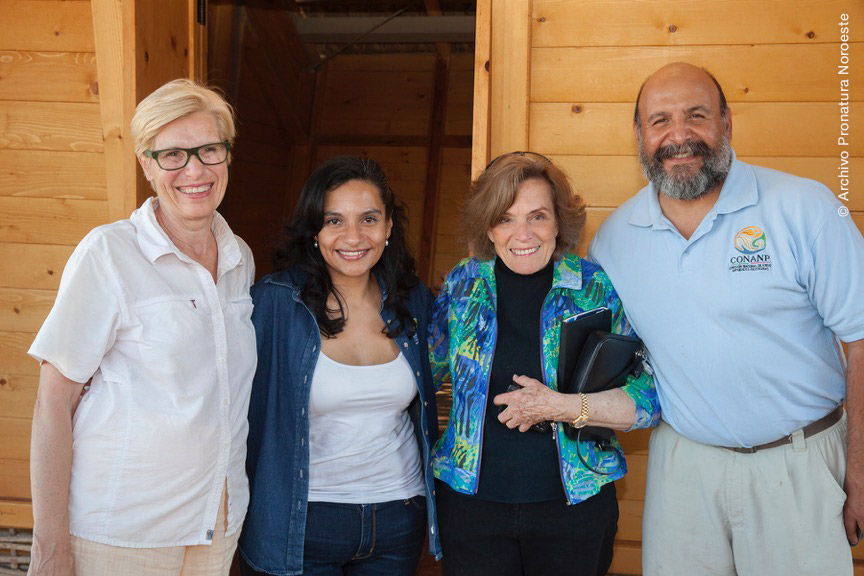On February 27th, 2016, Pronatura Noroeste, Baja Coastal Institute, and the National Commission of Protected Natural Areas welcomed Dr. Sylvia Earle and her organization Mission Blue to the Cabo Pulmo National Park Visitor and Nature Interpretation Center. Norma Sánchez, from Pronatura Noroeste, shared with those present that the objective of the Visitor Center is to promote a new culture around the value of nature and the site’s inhabitants, allowing visitors to reflect and learn in order to encourage their participation in the sustainability of the area, which is a World Heritage Site.
He mentioned that its main functions would be to provide biological and ecological information and information on the environmental services provided in the area, as well as cultural information on the historical background of the first settlers and the community’s recognition of the ecological importance of the site for the creation of the ANP.
The project consists of 3 modules where: 1) An area of attention and information to the visitor, 2) An exhibition area framed by the coral reef, marine fauna, and cultural aspects that show the reorientation of the fishing economy of the inhabitants of the site to ecotourism 3) An area of a historical and cultural exhibition of the site as well as flora and fauna of the place. In addition, there is an ecological restroom, a small bodega, and an activity area.
Dr. Sylvia commented that the idea for this project was shared with the people of the Cabo Pulmo community, who, from the beginning, participated along with the architects in charge of the project in its design and the choice of materials in accordance with the image and identity of the site. The site was also designed to be ecologically responsible since it uses solar energy for its operation, and also socially inclusive for all visitors since it has special facilities for people with disabilities.
In this regard, Dr. Sylvia Earle highlighted the value of having spaces where visitors can learn about the importance of the site they are visiting as well as the necessary information that allows them to participate in the care of the site during their visit and asked us to pay special attention to the choice of species that will be shown in the exhibits so that those that are especially vulnerable are represented. We also discussed with her the importance of having a space that allows experts in different areas to come and share their knowledge and experiences with visitors to the site, the local community, students of different grades, civil organizations, and authorities.
Finally, we shared with him that the project would be completed by the end of 2016, and he told us that on his next visit to Cabo Pulmo, he would return to the Center’s facilities to visit it.













